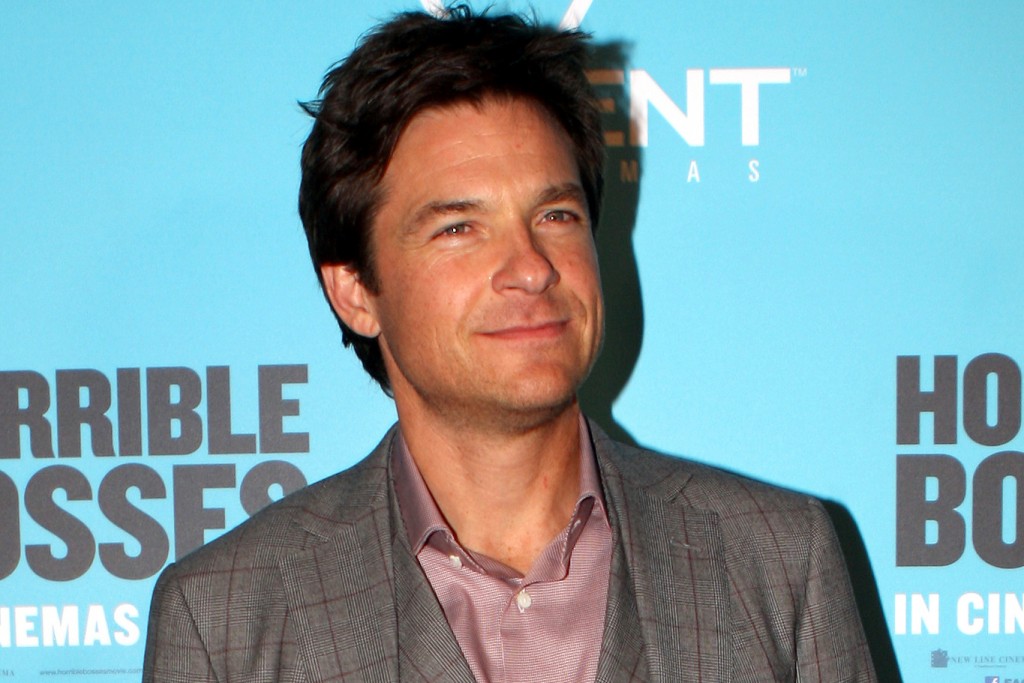
Photo courtesy of Eva Rinaldi, Wiki
While reductive retellings of fairytale princesses and their boy problems are Disney’s most recognizable stock-in-trade, the monolithic corporation is built upon a collection of original characters – i.e., Mickey Mouse and his cohort of anthropomorphized animal friends.
Disney returns to its talking-animal roots with its latest release, “Zootopia,” an animated film that takes place in the city of Zootopia, a metropolis inhabited by cute, furry critters of every size and shape.
Ginnifer Goodwin (ABC’s “Once Upon a Time”) stars as the brave rabbit Judy Hopps, a newly-minted police officer who travels from her rural home to her position in bustling downtown Zootopia. Her new colleagues – large and intimidating animals – are hostile, dismissing her as a “dumb bunny” and relegating her to parking duty. While writing tickets, she meets Nick Wilde (Jason Bateman), a fox with a criminal occupation.
When tasked with finding a missing otter, Judy coerces the laconic Nick into helping her solve the case. As they make their way through the beautifully designed cityscape in pursuit of leads, the unlikely pair uncover a conspiracy implicating the highest levels of Zootopia’s government.
The movie’s most engaging character is the city itself; meticulously detailed, it’s a fully-realized creation viewers will get lost in. When Judy first arrives, the filmmakers take both her and the audience on a tour of the city, showcasing the different neighborhoods of Zootopia: the arid Sahara Square, the dark Rainforest District and Tundratown, the icy home of the polar bears – kept cold by a great wall of refrigeration units which encircles its borders.
While the visuals of “Zootopia” are flawless, its script is imperfect: before his inevitable change of heart, Nick is a killjoy whose insults – often directed at Judy – fall flat. He’s not the charming rogue he should be; he’s a boor who drains the movie of its energy.
Like most family films, “Zootopia” operates on two levels: it’s got goofy characters and wacky hijinks for the kids, but features humor directed at the adults in the audience – a recurring parody of Don Corleone, titular crime boss of the classic film “The Godfather,” is particularly hilarious.
But “Zootopia” has more on its mind than cute animals. A far-from-subtle allegory for race relations, the film tries to comment on contemporary American society, but is handicapped by its own writing: its metaphors veer from subtle to painfully obvious, and it contradicts itself repeatedly, sacrificing a cohesive message in service of throwaway lines which don’t align when placed in the larger context of movie.
“Zootopia” is a bumpy ride: placing style before substance, the film pairs wonderfully imaginative visual design with uneven writing. While it stumbles in its attempt at social commentary, it’s exciting, imaginative and very funny. Moviegoers with kids and fans of animated film should make the journey and visit “Zootopia” while it’s still in theaters.
syunker@ramapo.edu





